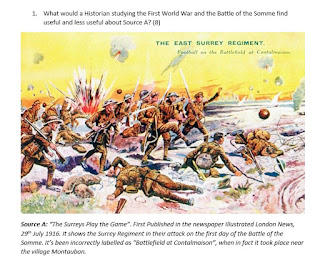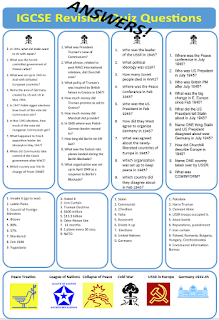Revision, Retrieval and Games

There is a longer post to be written about some of my recent experiments with exploring LGBTQ and race in History more fully in the curriculum. In the mean time I have been doing lots of revision with Year 10 in preparation for their end of Year exam. A little while ago I came across a great Tetris-derived revision game designed by @SPBeale . I used it to create a Cold War-themed version. You should find that each "Tetrominoe" includes questions from a different section of the course, except for two of them which cover the 1960s, and the final one which is a random selection of questions I couldn't fit in anywhere else. All questions can be changed depending on what you teach and which evidence you focus on. Instructions are all on the sheet - about half of my classes had never actually played Tetris before, so had to be guided at first. This may or may not be the case with yours. All I can say is that the classes really seemed to enjoy the revision game; there was a def...





